Never let your eyes off the kids!
In Vietnam we noticed a great curiosity of locals towards western children in general and towards private parts of western children in particular. They try to touch. They try to peek under their clothes (!!!). They even try to grab their crotch. We investigated it a bit and we learned that the reason for that is not sexual but rather a cultural curiosity and an attitude that says that children are allowed to be touched and it is even funny. Having said that, they probably do understand that there is something wrong with it because they will not attempt to do it in the presence of the parents. So even in places where you settle down for some period and start feeling comfortable in the local shops, in the market or in the street, do not take your eyes off the children and encourage them to report of anything unpleasant and also teach them to stay away, say “No” assertively and watch one another.
Food.
No matter where you are on the spectrum of eating disorders – vegetarian, vegan, paleo, gluten-free, kosher-eaters… In Vietnam it’s hard, not to mention impossible, to get along with the eating disorder you adopted. The only food preference that can be more or less acceptable is milk-free. You can deal with that easily. One way or another there are almost no milk products except milk which is usually conserved and sweetened and the cheese with the laughing cow which is, let’s admit it, not really a cheese. If you keep yourself on the tourists path that includes the big cities (mainly Hanoi and Saigon) and the very popular tourists destinations like Sapa or Halong Bay, you can get along also as veggies. But any diversion from this path will challenge you with a local gastronomy that is not easy to digest. They eat here almost any kind of meat. Their taste is very different from ours and generally be prepared that many times you will find the food not tasty and will eat only to fill your stomach. Omnivores however will feel at home here, like The One and our Eldest who are willing to try almost anything edible and do not burst into tears every time they don’t like the food (no need to laugh at me about that).
Few things that might help you when looking for something to eat or ordering in a Vietnamese restaurant:
– Com is rice.
– Pho is a soup with broad noodles.
– Mi is thin noodles.
– Banh my is French bread. When you come across a stall in the street with this written on it there’s a good chance for a good sandwich and sometimes even really delicious. You can set your own personal sandwich subject to your ability to point at the desired ingredients quickly enough for the lightning speed banh mi seller to notice. The ingredients usually include pate, chili sauce, local pickles (carrot and radish), some kind of thick sauce (probably soy), different types of pork, vegetables (tomato and cucumber), greens (cilantro and peppermint), egg (usually fried in deep oil) and lavache qui rit – the cheese with the laughing cow. Not every stall contains all the ingredients but we can say that without the banh mi we would have been much more hungry in Vietnam.
– Ban xeo is a local pancake with bonuses (pork, seafood, sprouts) served with round rice papers, a bowl of water for self rolling and a plate of lettuce and other greens. You take it all and make a spring roll in “do it yourself” method. Delicious.
– Spring rolls – fresh or fried with a variety of fillings.
Fruits: the most common fruits in the markets of Vietnam are bananas (different varieties including those with seeds inside) , coconuts and pineapples which will usually be cheap and delicious. In the southern regions (especially near Mui Ne) there are excellent cheap dragon fruits since this is the main region for growing them. In other areas in Vietnam the dragon fruits are more expensive. In the higher end of prices you can find mangoes, sapodillas (a sweet brown fruit with a taste a bit similar to dates eaten very soft and ripe), watermelons (with seeds), rambutans (a lychee-like fruit), jack fruits that we found out that its big seeds can be roasted and eaten, we tried it and it was tasty. Fruit we found expensive in Vietnam – pomelo, apples and mangosteen.
Okay, we ate, now what’s for drink? Well then, it’s important to mention that beer here is ridiculously cheap. A can/bottle of beer will usually cost no more than a dollar, also in restaurants, and it’s usually of very reasonable quality. In some places like Hoi An we found a drink named “fresh beer” sold for the funny price of 3000 VND which is about 15 American cents. If you don’t actually expect it to be a beer then it is quite nice as a side drink for lunch or before dinner.
If settling down in one spot for a longer period it is better to buy the big 20 liters jars of water. After an initial deposit of about 2 dollars you can get a refill for a price of half to one dollar (same price as a 1.5 liters bottle you will buy down the street). These jars come with a faucet and are very convenient to use.
Coffee. Aha. Vietnamese coffee is really good. The most popular type is called “mocha blend” and it is brewed everywhere using a personal filtering device positioned on top of the cup of the coffee being served. The coffee has very strong taste, very aromatic, the locals drink it sweetened with loads of sugar and concentrated milk. We love it as is – black and bitter. The filters themselves can be purchased everywhere you go in Vietnam. We bought them for 20,000 VND (1 dollar) each and we brew in it the wonderful coffee we bought (half a kilogram for 3.5 dollars) and enjoy it very much.
Shopping and money.
The local currency is called Dong or VND (short code for Vietnamese Dong). The common yet unofficial exchange rate is 20,000 VND for 1 US dollar. Cash can be withdrawn in ATM’s but almost all of them are limited to an amount of 2 million VND, which for us was usually enough for no more than two days. That’s why we suggest to look for ATM’s of BIDV that allow withdrawal of 5 million VND.
From our experience the best exchange rates (after bargaining) can be found at the gold and jewelry shops that are plentiful in big cities like Saigon, Hanoi and Da Nang.
Bargaining. It’s always good to compare prices, whether in the market or when exchanging money, tickets or any other sort of expense. In most of the places in Vietnam prices are not being marked on products. The seller will simply stare at you for a couple of seconds and name the price he thinks he will be able to get from you. Did I mention that price comparing and haggling is important?
Local market. The local markets of Vietnam are the best and cheapest places to buy things, especially fruits and groceries. In places you stay for longer periods it’s better to make sure you found the real local market and not the one where the tourists go to be ripped off. In Vietnam, quite in the open, you can find two levels of prices – for locals and for foreigners. When sellers try to convince you that they don’t try to rip you off or cheat you they will usually use the words “same same Vietnam” or alternatively “Vietnam same same”.
Generally speaking, the market is a female domain. Both sellers and shoppers are women and that’s why when a man is being seen shopping in the market he will be treated like an alien or will automatically be suspected as a chef. The One received tons of “chef chef” and “same same Vietnam” remarks whenever he went to the market.
An interesting and very useful hand gesture to know is the waving next to the side of your head which means “I haven’t got what you want” or the way they call it in Thailand – “No have”.
Transportation.
The undisputed king of the roads of Vietnam is the motorbike. You’ll never catch a Vietnamese walking and in many places there are no pavements anyway. Foot walks we did were usually accompanied by motorcycle drivers stopping next to us every few meters asking “motorbike?”, meaning “do you want a ride on my motorbike so I can make some extra cash and by the way it’s strange that you’re walking, what’s wrong with you people?”. The Vietnamese load EVERYTHING on their bikes, including families of five and cargo that will normally fit a pickup car or a small truck. It’s very tempting to rent a motorbike. It’s cheap and everybody do it. We chose, unlike many other tourists, not to rent a bike. It’s important to know that in Vietnam it is illegal to ride a motorbike without a local driving license. The international license will not do. It makes an option to be fined by the local police and in case of an accident, god help us, you are not covered and will automatically be held responsible. Messy. In places where topography made it possible, like the flat Mui Ne and Hoi An, we rented bicycles. It’s very convenient and cheap (about 1 dollar per day).
We toured Vietnam mainly by bus. The buses are usually operated by private companies and there are no standard prices, especially for the tourist buses. From time to time without any clear consistency we managed to get a discount for the kids but you can’t rely on it. An average bus ride in Vietnam takes 5 hours and the longest one we had was of 17 hours. Many trips are in sleeper bus with reclining seats. It is not very comfortable or spacious but the kids slept well in sleepers, and The One if you ask him will claim he never slept well but I can testify that he did while I was sleeping with my eyes wide open. It is good to get to sleeper buses with sandals or flip flops since when you climb up the bus you get a plastic bag and kindly requested to take off your shoes and put them in the bag. So it’s better to wear something you can easily take off. A ride in a sleeper like in many other South East Asia countries comes with a local entertainment like karaoke with all the local hits. The buses stop in a manner that seems totally random, pick up and drop off all kinds of bags, baskets and sometimes even motorcycles and generally acting unpredictably. It’s also useful to bring with you socks and a scarf just in case that the A/C will be turned on, food and drink in case of no stops at all for 17 hours (yes, that too happened to us) and if you happened to ride on a slipper with toilet en-suite then the blubber thing will be easier but the smelly part will be more difficult. Some of the sleeper buses have also wi-fi.
And other than buses? There are no tuk tuks in Vietnam. On the other hand taxis are quite organized and inexpensive. Unlike Thailand metered taxis are the standard and if you use a reputable company (like My Linh, the green taxis) you’ll probably pay a fair price and save the necessity to haggle before every ride, which is something we don’t like too much anyway. This was quite refreshing for us after a long tuk tuk-ization experience we had in Thailand and Cambodia. The meter usually charges you at half a dollar per kilometer, but this too changes between cities and companies.
There are trains in Vietnam. The trains system is quite organized. We rode only one segment by train between Da Nang and Hue, a very nice ride with beautiful views from the train window. In general, we avoided trains simply because they are relatively expensive, about double the prices of a local bus, and not necessarily shorter in time. The train we rode had some kind of a restaurant with crappy food (white rice, unrecognizable pieces of chicken which were mostly fat and bones) so you would better come equipped with things to eat when boarding the train. It is recommended to purchase train tickets in advance at travel agencies since they usually get fully booked.
We noticed that both trains and buses are quite punctual when it gets to departure times so don’t rely on last minute arrival to the station or Thailand style delays. Arrival times on the other hand are almost always random.
Domestic flights. We had a flight from Da Nang to Hanoi. It was a one hour flight instead of an 18 hours bus ride. We flew with Vietjet – a local low cost carrier, that offered tickets in great prices. To get these tickets we “parked” on the website of Vietjet and when the price dropped we immediately bought. Sometimes the prices goes up again within hours. We found tickets for 15$ per person. We added some more for baggage, taxes and seats reservation and still it turned out much cheaper than taking the equivalent sleeper train option.
Communication and language.
Vietnamese is a tonal language. That’s why there is a major importance to the way words are pronounced. What to our ears would sounds almost the same, for Vietnamese it may have a totally different meaning. For example the word BO is “beef” but also “butter”, “avocado”, “dad” and perhaps some more. It really helped us to download the offline version of Google Translate to our smartphone and use it to show the word on the screen because our pronunciation is simply inaccurate and most of the time you will simply not be understood.
A funny anecdote – Vietnamese is a language in which all words have only one syllable so when using English words it is quite common to find them being split to syllables. Some examples we saw: ta xi, bar ber, par king. You will see it in signs all over the country.
Attractions and beaches.
Vietnam is blessed with plenty of spectacular sites to tour with one of them – Halong Bay – considered as a world natural wonder. In every city with a concentration of tourist attractions you will also find agencies that will package the access to these places and price it accordingly. This way for example if you want to buy a 3 days/2 nights packaged tour to Halong Bay in Hanoi you will probably find yourselves paying a price between 70 and 300 dollars per person. We have usually chosen doing it independently including transportation, accommodation, food and the trip itself in the attraction. To Halong Bay for example we reached by local bus from Hanoi and then took a ferry to Cat Ba island where we booked a guesthouse (very good one !). Through the guesthouse and after sniffing in other agencies around we decided to order a one day cruise, which was more than enough for us, for a total price of 80 dollars for the whole family. Eventually it turned out less than half the price, we enjoyed it very much and we had a full control of our time. On the other hand it takes much more time to produce. We did the same in our trip to Ha Giang which costs less than one quarter of the price of an organized tour.
The beach strip in Vietnam is beautiful but anyone expecting the calm and warm water of Thailand will be disappointed. It’s different. The sea is usually wavy and the water is relatively cold and not very clean. Even Mui Ne that is considered a very good beach town (we agree), is mostly good for wind and wave surfers and less suitable for beach bums of our sort.

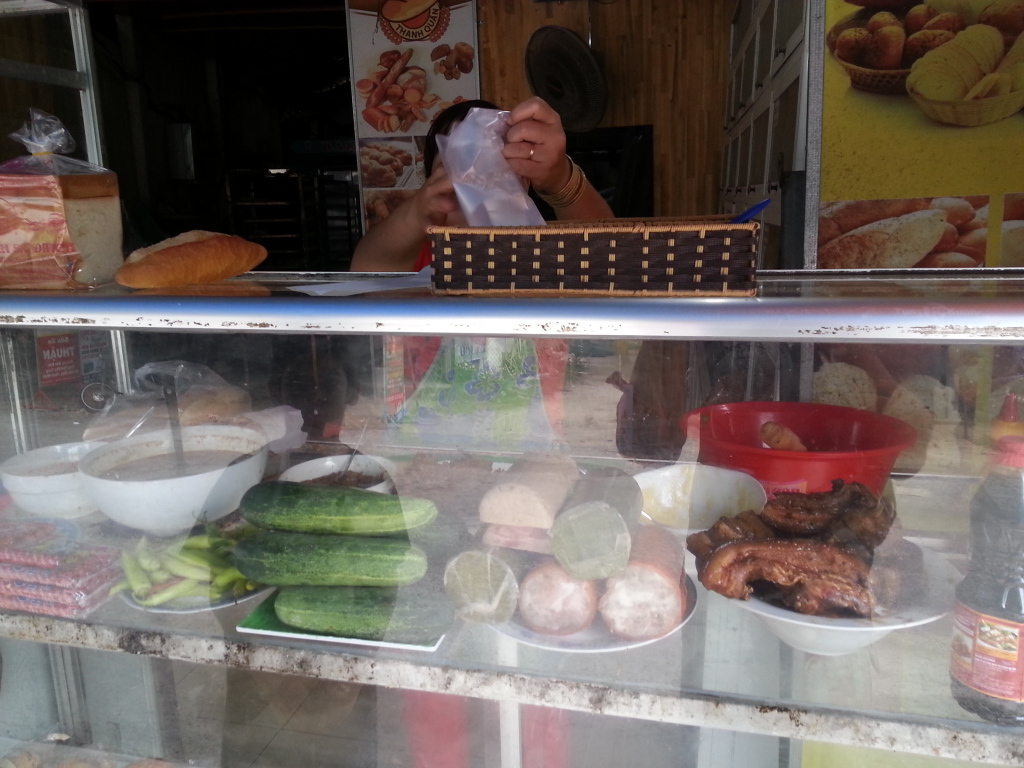
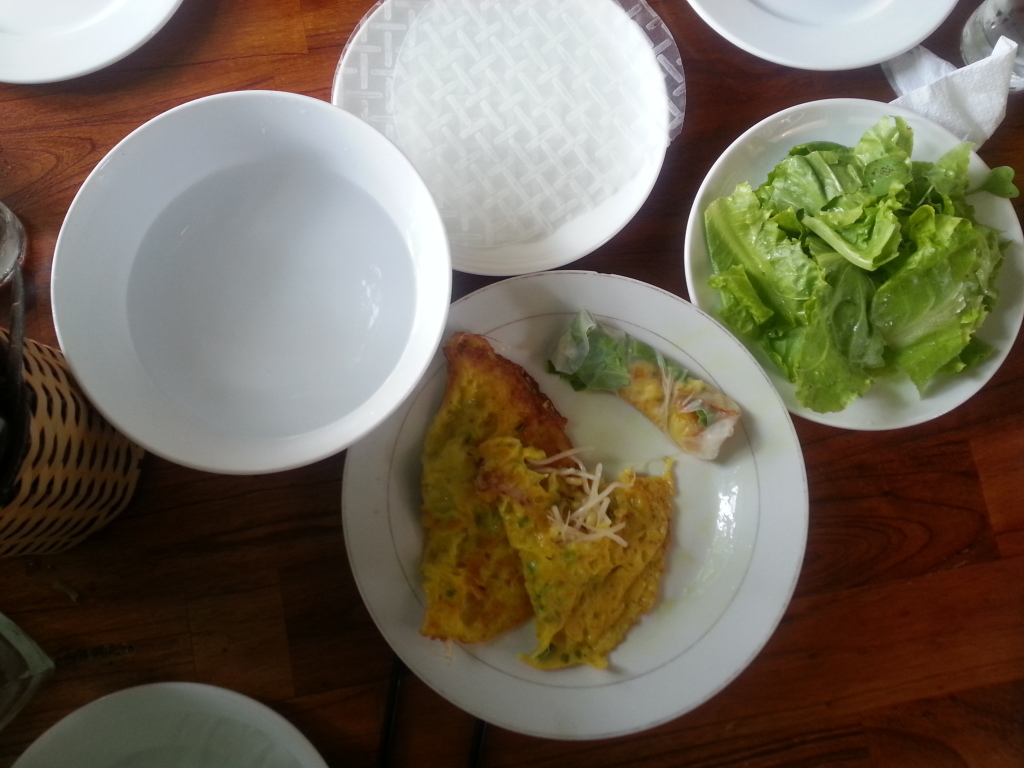
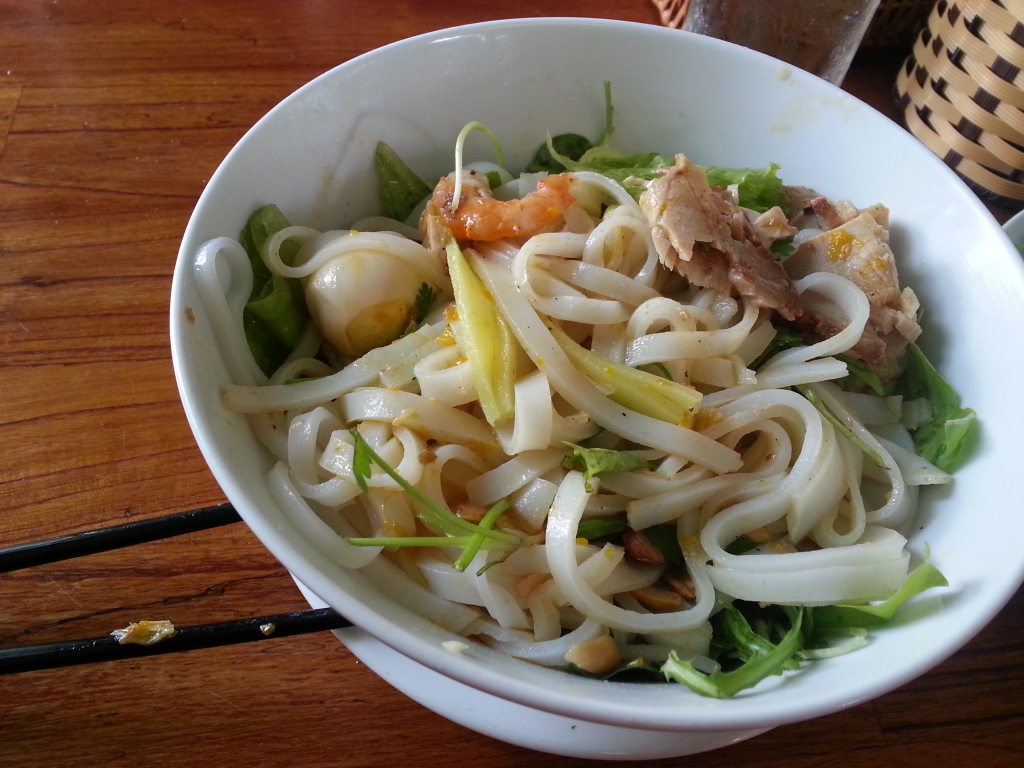
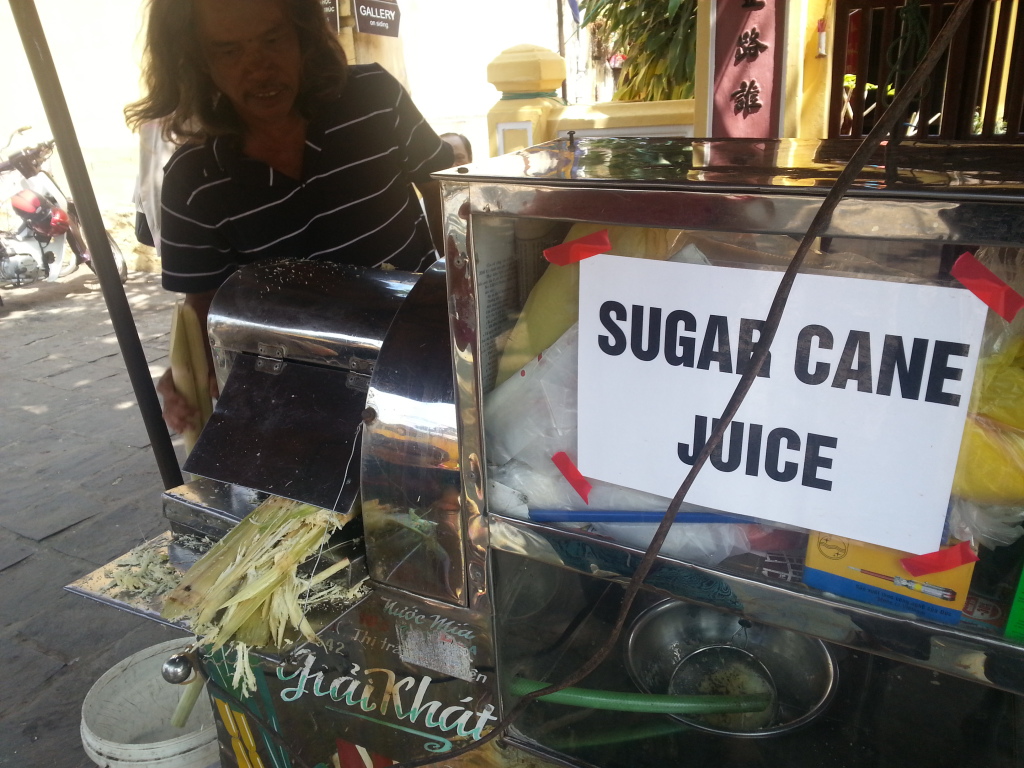
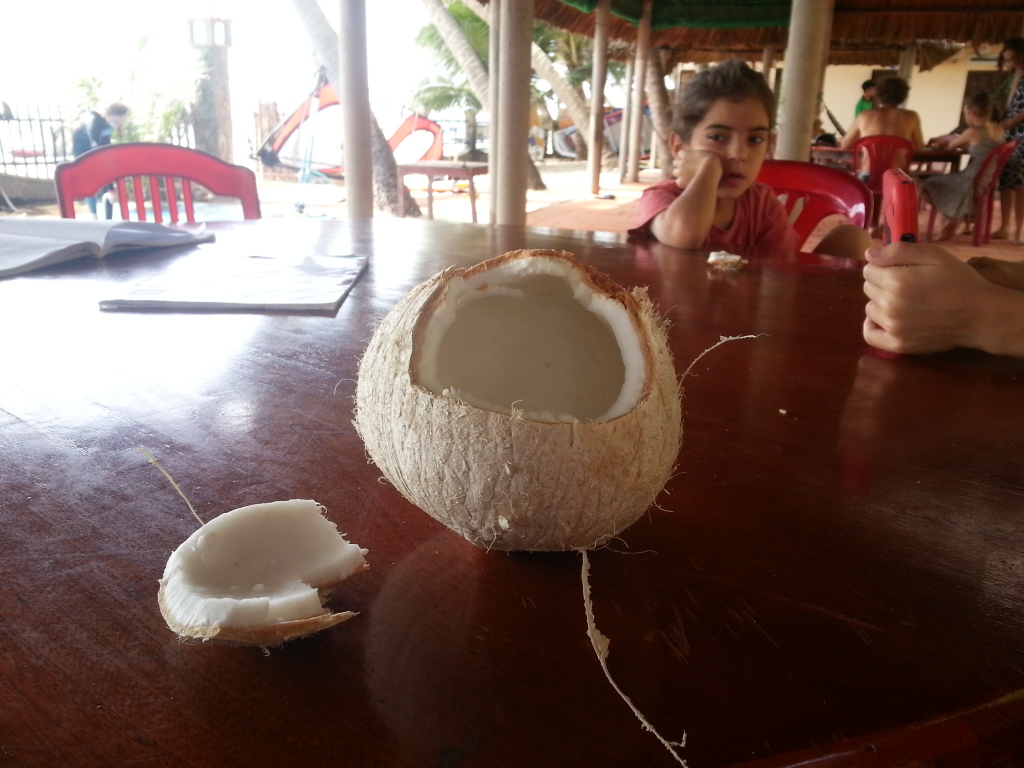
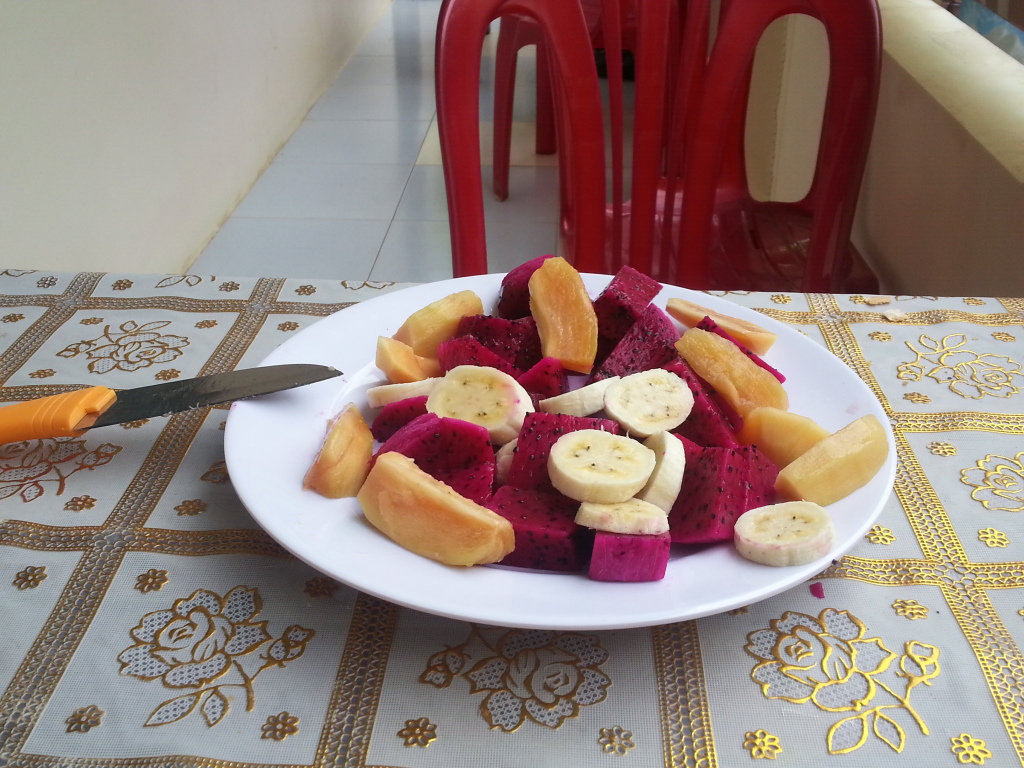
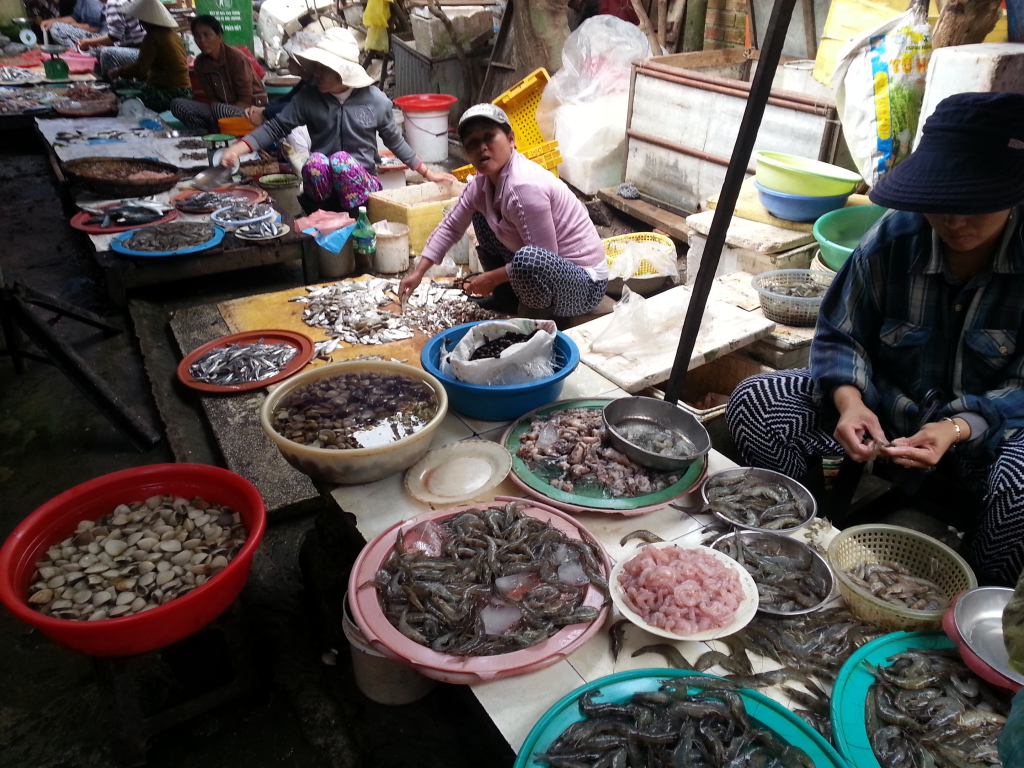
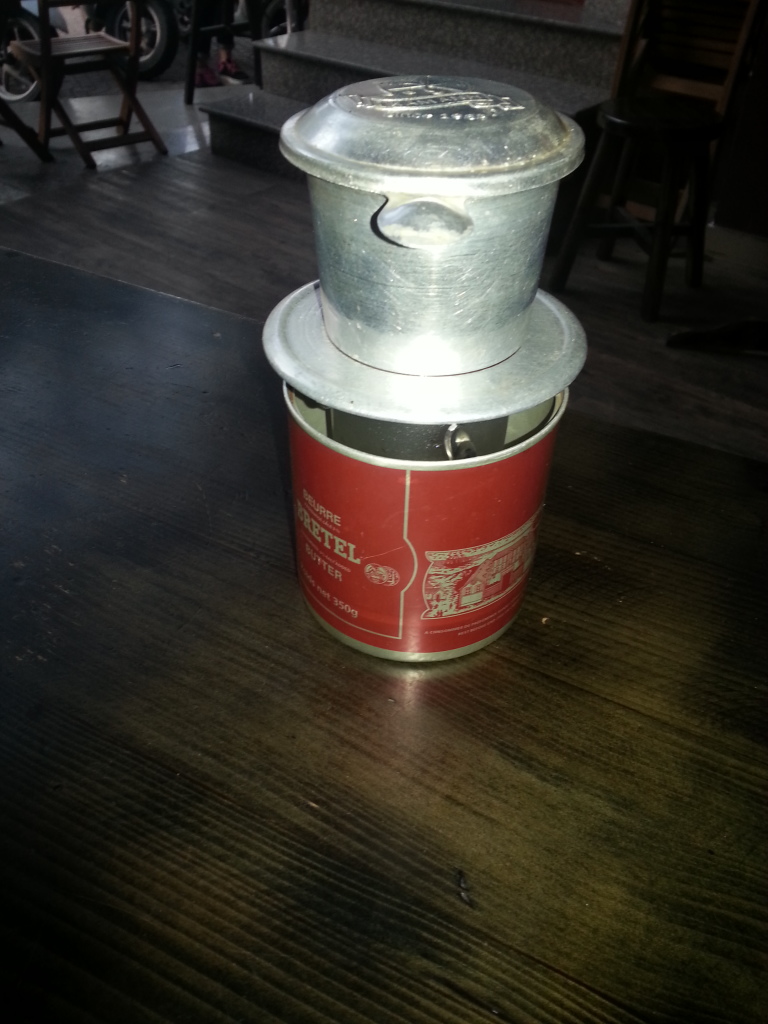
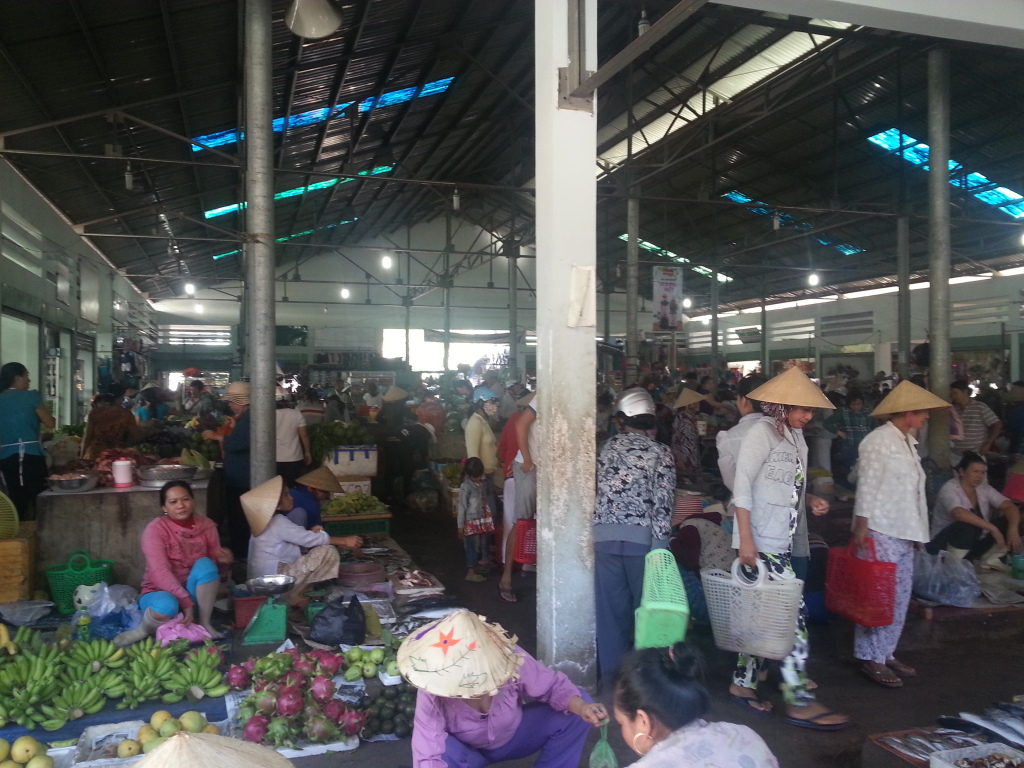
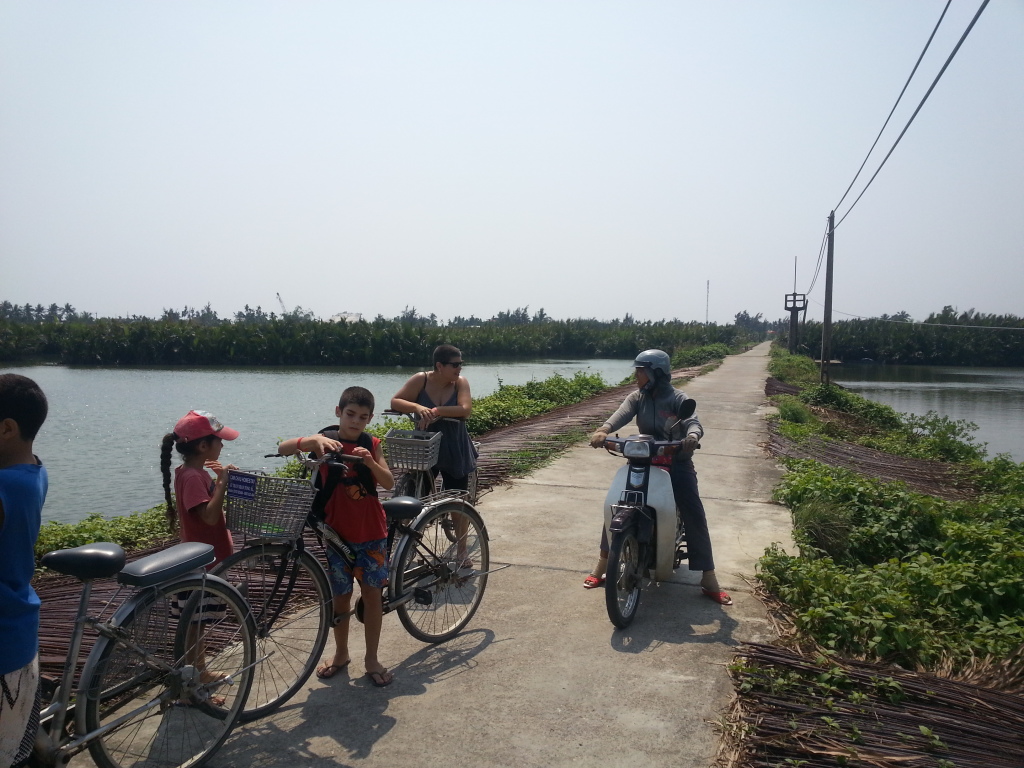
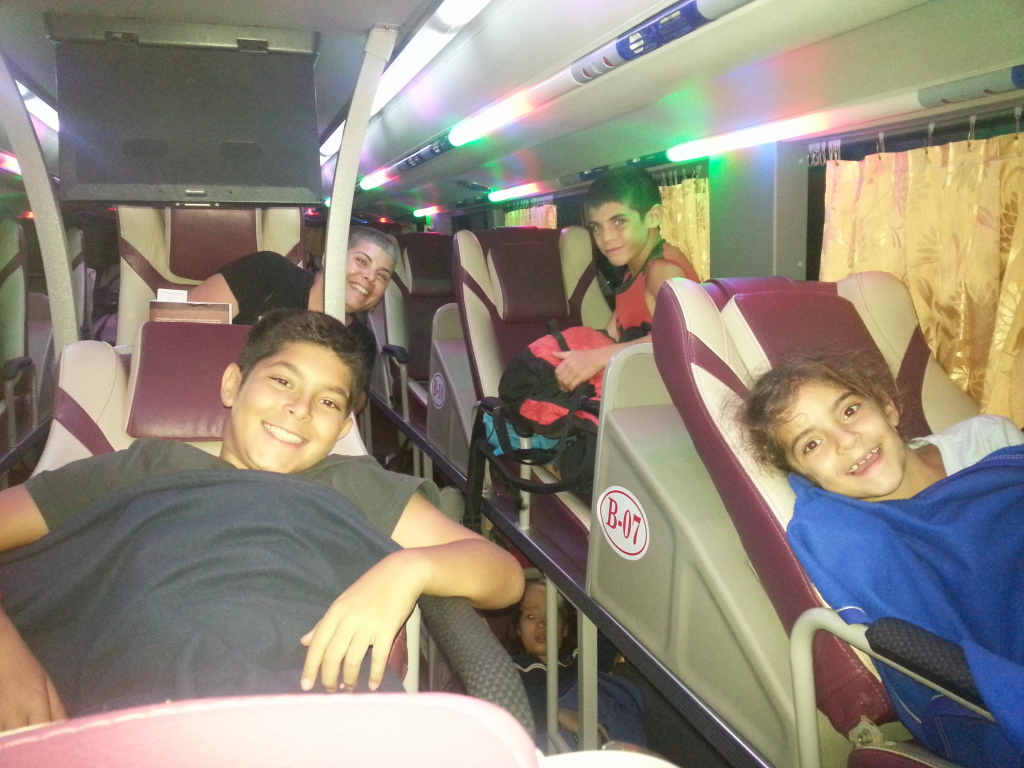
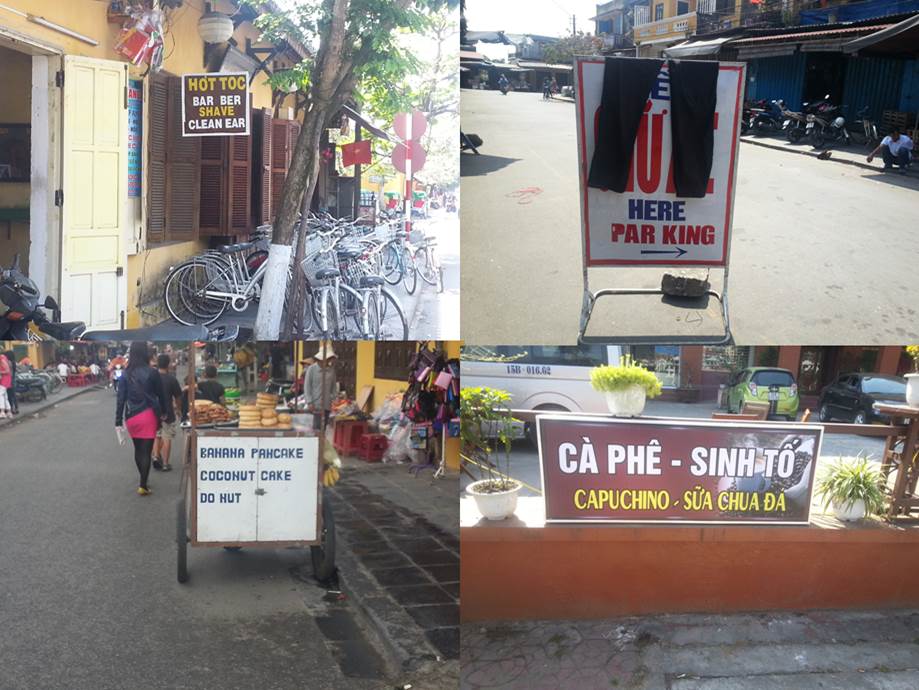
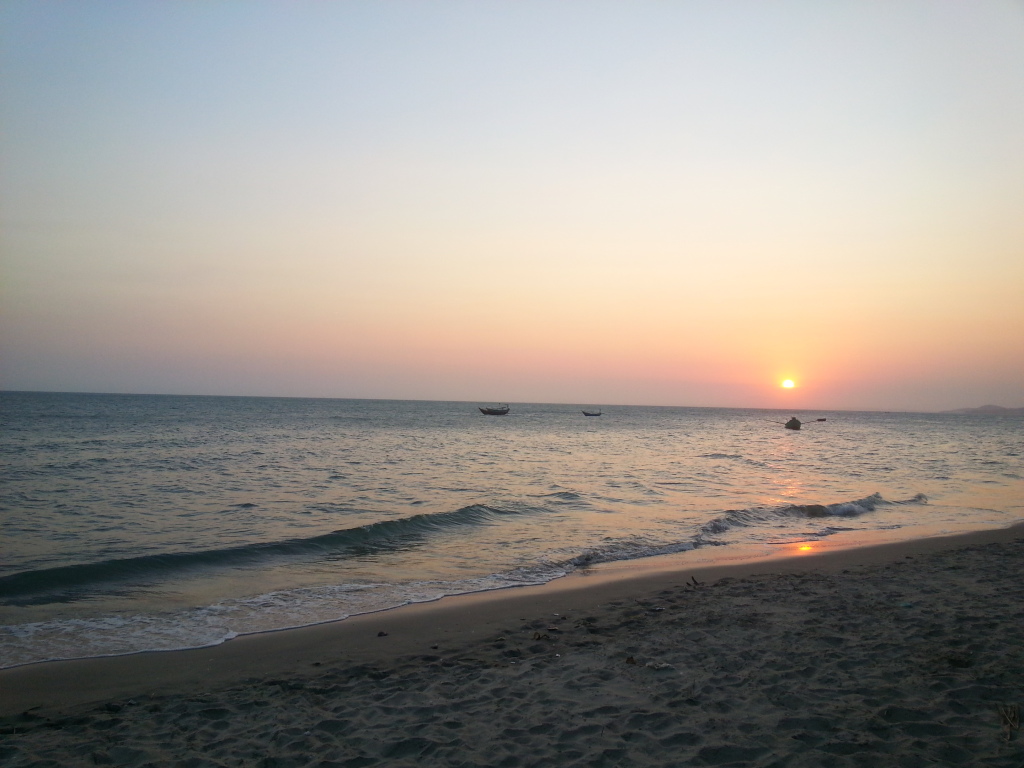
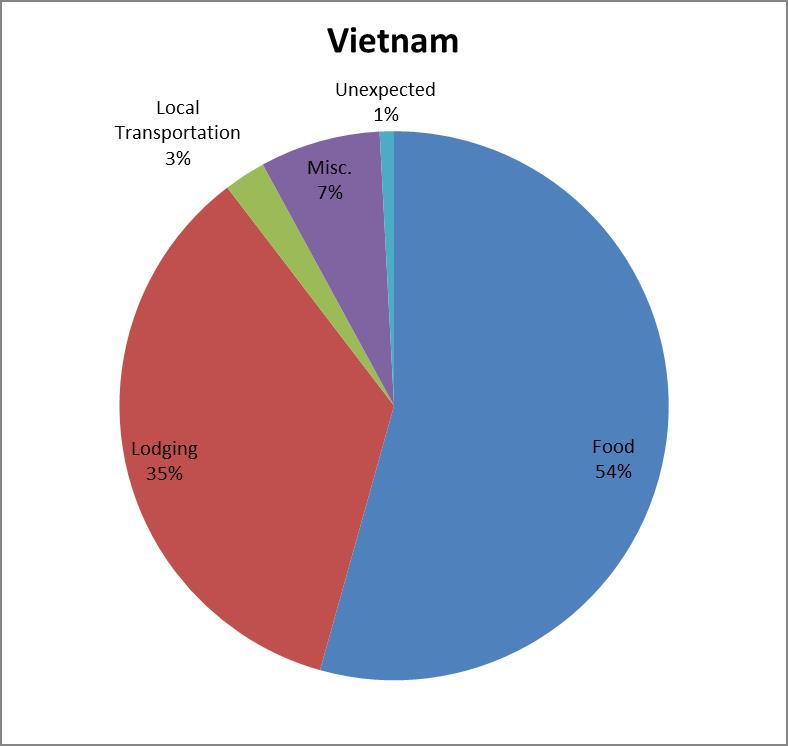
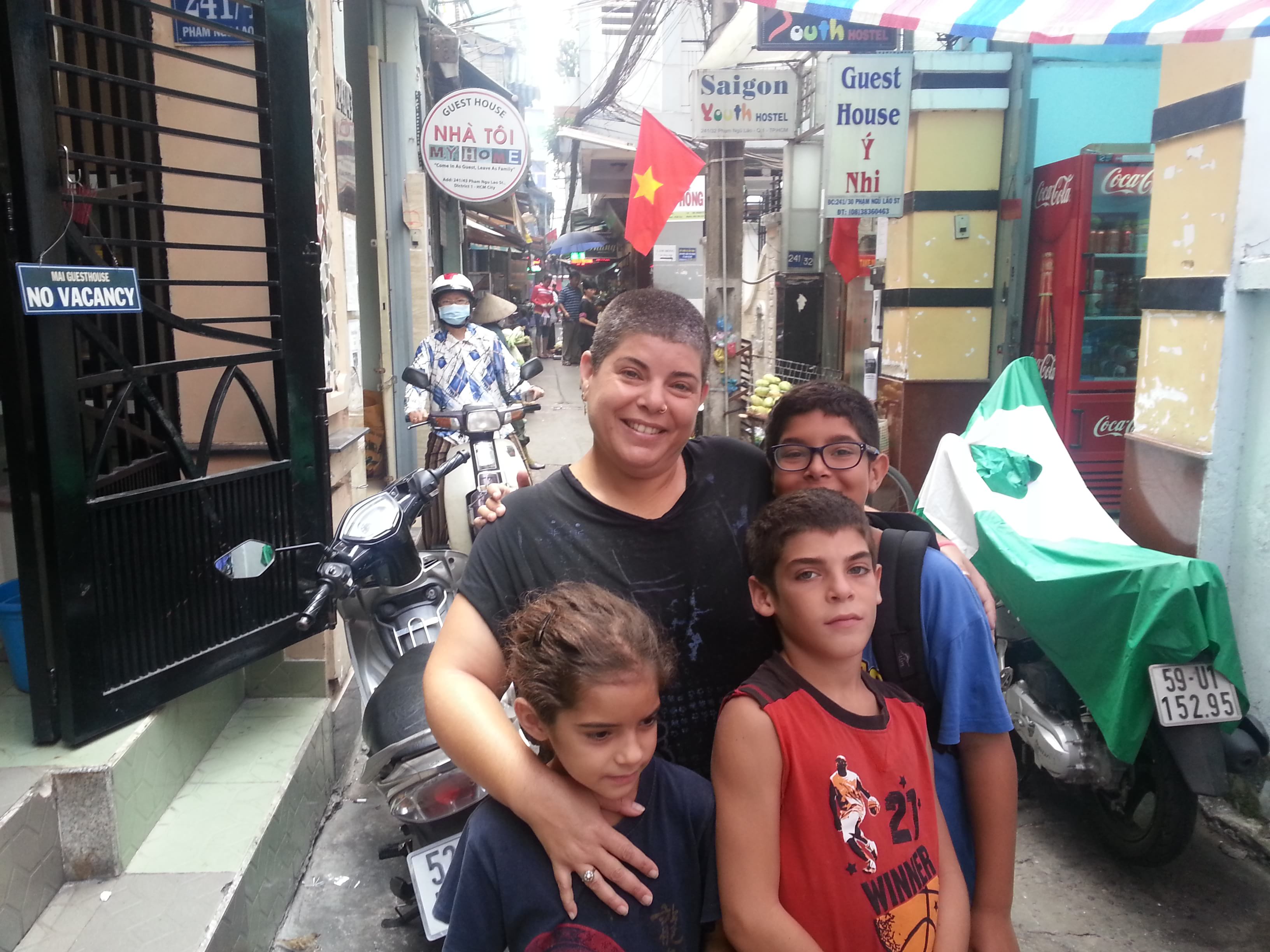
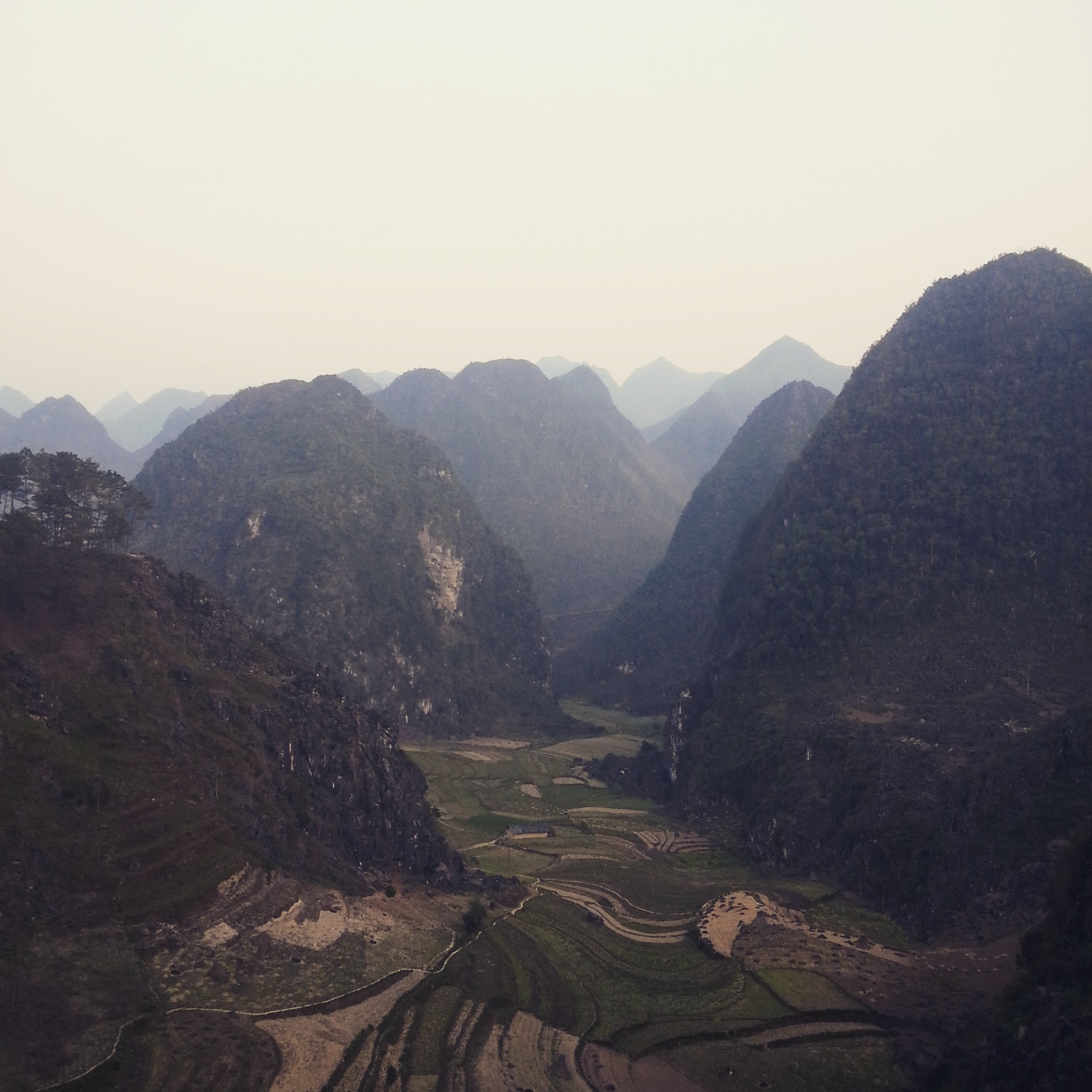
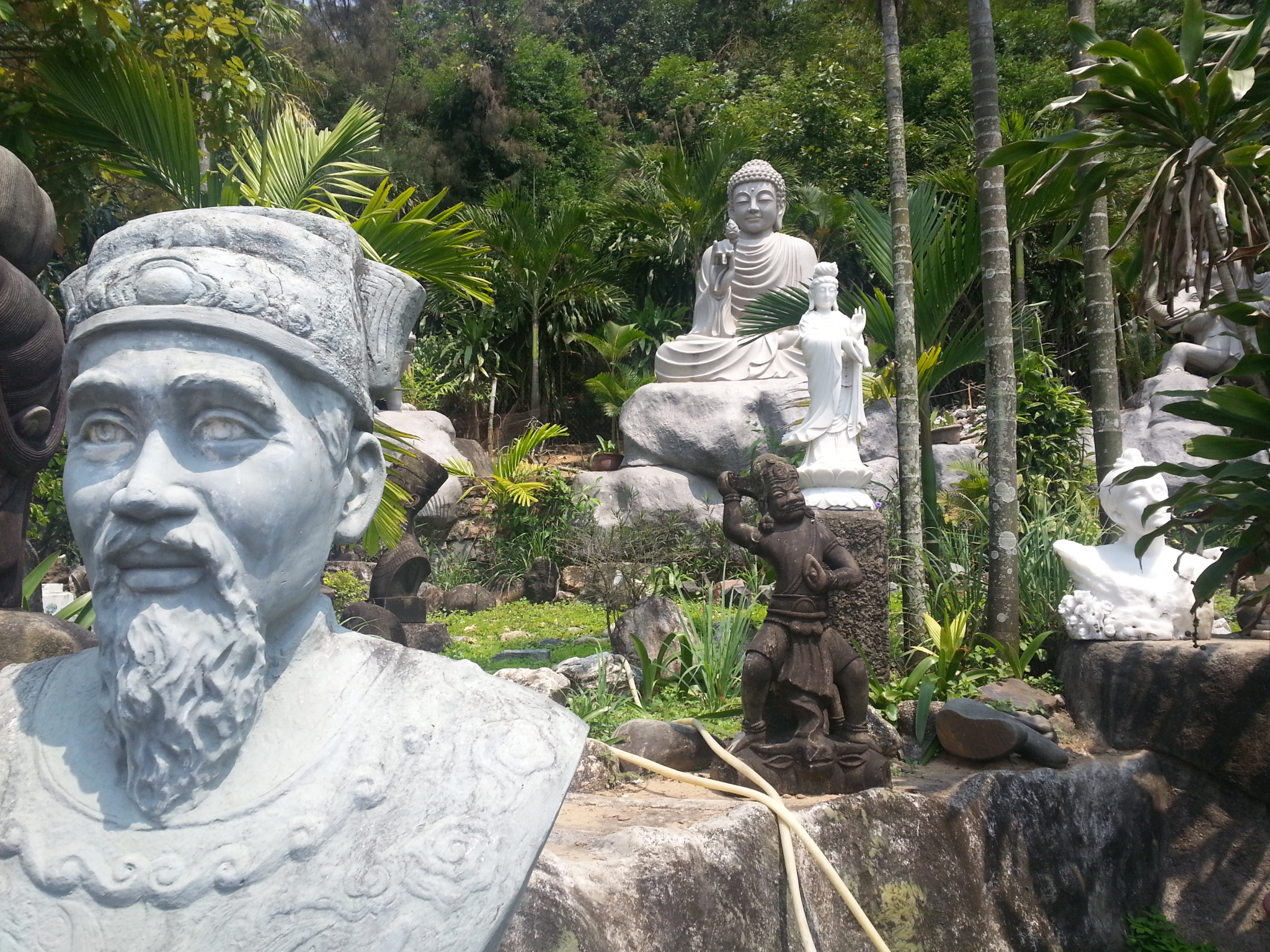
LOL you think they don’t crotch grab in front of the parents? When I travelled with my son and daughter (aged 7 and 8 respectively), both of their crotches were grabbed, by male and female adults, right in front of me.
It was strange to witness the first time as it was in broad daylight, with many other people around. I had told my children that the only people who could touch their genitals there were themselves, my husband and me (for example, to bathe them or if they needed medical attention), and doctors. In recent years, after they were groped by airport staff (during a pat down on each of them), I told them that it was now fine for airport staff to touch them there too. After discussion with my husband, I later amended that to ‘anyone who wants to search you’ in the unlikely event they have an encounter with a cop, a prison guard, or someone else who needs to search them.
It’s obviously not great having to add to the list, but it’s better than them feeling traumatized. Anyway, I had never added on, and never intended to add on, ‘random strangers’. So the first time it happened in Vietnam, I was surprised. All I could do was stare as a random man reached up and grabbed my son’s crotch, then my daughter’s shortly afterwards. I then took my kids elsewhere.
Thankfully I quickly learned from a Vietnamese friend that it’s considered normal there, so I was able to tell my kids that, whilst it was still not acceptable in our own country, it was fine in Vietnam as it was just a cultural thing. That way I figured they’d be less bothered by it, and I wouldn’t have to keep dealing with kids feeling violated and traumatized every time it happened. I and my husband told them that it was just something they would have to get used to, and that we weren’t going to intervene to stop it.
And happen it did, numerous times. But now that I knew it was as innocent as patting a kid’s head, I didn’t stare in disbelief the next time or freak out – I just smiled warmly. After the third time when the kids were still clearly distressed by it, I began to encourage other adults to touch my son and daughter’s crotches while I watched (the adults that didn’t do it before I encouraged them had learned a bit about the West and thought I would be offended – they were very happy when I encouraged them). The more it happened, the sooner the kids could get used to it. It took a while but whilst they never stopped being uncomfortable about it, and continued to feel violated even after we had left the country and the incidents had stopped, they eventually came to accept that it was just part of life in Vietnam and that making a fuss was pointless as neither me nor my husband were going to try to prevent or stop it or intervene in any way.
As a result, myself and my husband found the trip relaxing. We didn’t have to shout at random adults or threaten them with a bat, we didn’t feel shocked, and the children got to experience Vietnam.
This is a possible approach. Even though we explained to our children it was a cultural thing we found it hard to accept it. We noticed that the more we left them on their own the more likely their privacy is to be intruded. That’s why we hardly ever left them alone.
Yeah it was strange for us to try to accept it too. But we figured it was better to just adapt.
It continued to bother the kids and, as mentioned, they continued to feel violated, but they at least stopped making such a fuss when adults groped their genitals as they knew it was pointless as we weren’t going to help them. So myself and my husband were able to enjoy the trip. The kids, not so much! We’re glad we took things lightly, even if it wasn’t light for our son and daughter.
I do hope you are not serious.